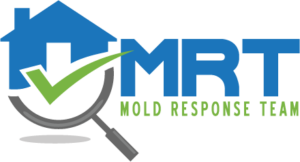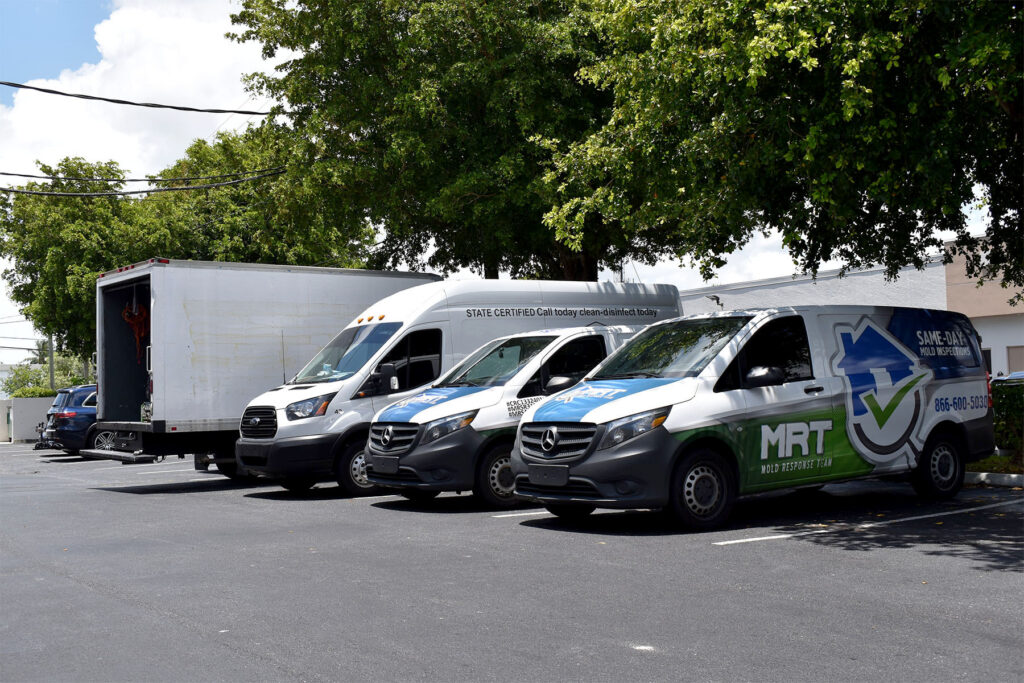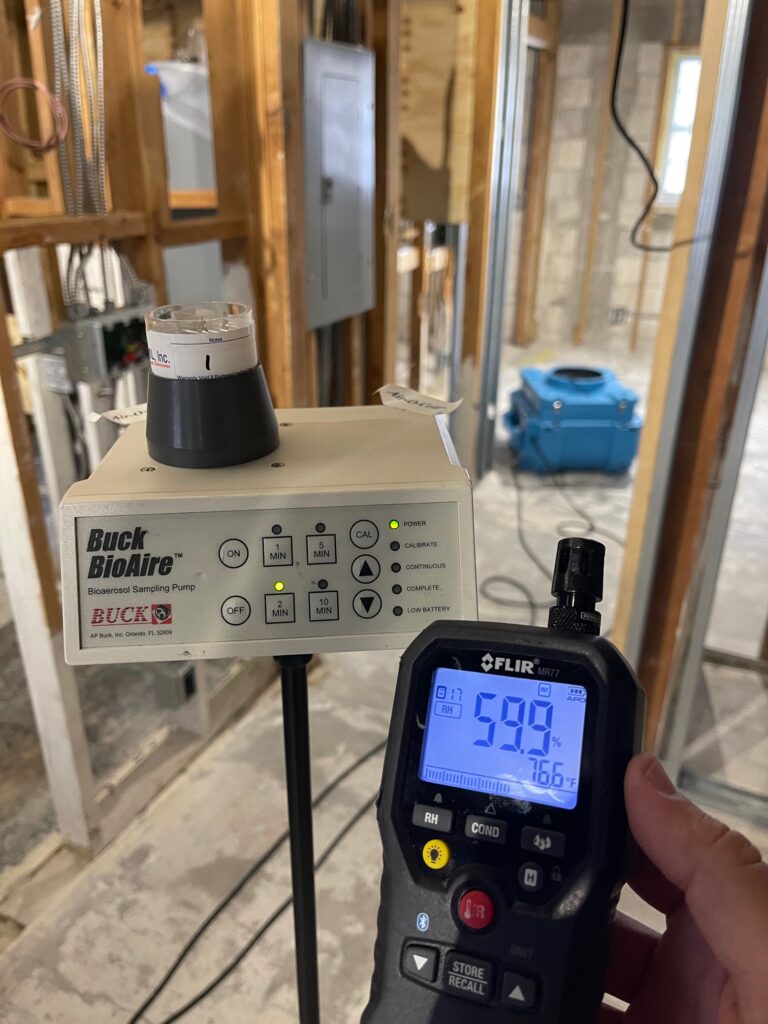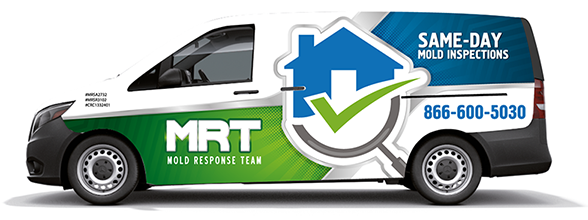Mold Inspection in Parkland: What You Need to Know
Mold is a frequent problem for homeowners in Parkland, particularly in regions with high humidity. If you suspect mold in your home, it’s important to act quickly. Mold can lead to property damage but also create serious health risks. This article walks you through the mold inspection process and how you can address mold problems.
What is Mold, and Why Should You Care?
Mold refers to a fungal growth that flourishes in humid environments. It can develop on many surfaces, including walls and ceilings. Although some molds are benign, others, especially black mold, can cause health issues.
Common signs of mold-related health problems include:
- Coughing, sneezing, or shortness of breath
- Skin irritation or rashes
- Red eyes or eye discomfort
- Worsening asthma symptoms
Should you encounter these symptoms or detect a musty odor, you might want to schedule a mold inspection.
The Importance of Professional Mold Inspection
While some homeowners may attempt to fix mold issues themselves, a certified inspector is the right choice. Professionals can determine the type of mold and assess how widespread the contamination is.
A typical mold inspection generally covers the following:
- Visual Inspection: The inspector checks for any visible mold growth on walls, ceilings, etc..
- Moisture Testing: Inspectors measure moisture levels, as mold thrives in moisture-rich environments.
- Air Sampling: Mold spores can still be present, inspectors test the air for mold spores.
- Surface Sampling: Inspectors may take surface samples.
- In-Depth Report: Afterward, you’ll receive a report detailing the findings with suggested solutions.
Need a Mold Inspection in Parkland? Contact Us!
At the Mold Response Team, we provide professional mold inspection and remediation in Parkland. Get in touch now to get a quote.
Common Mold Inspection Questions
Q: What does a mold inspection cost?
A: The cost can range from $300 to $500.
Q: How long does an inspection take?
A: Inspections usually take up to 1 hour.
Q: Do I need to leave my home?
A: If the mold issue is widespread, leaving may be necessary.
How Mold Inspections Work in Parkland
In Parkland, thanks to local climate factors, your home may have mold risks. A mold inspection will focus on areas like:
- Lower and Upper Levels: These can be damp, especially when unventilated.
- Bathrooms and Kitchens: Humidity from showers and cooking make them common areas for mold growth.
- Windows and Doors: Leaky windows and doors let water seep in.
- HVAC Systems: If not properly maintained, HVAC units and ducts can harbor mold.
What Happens After the Inspection?
Should mold be detected, the next step is remediation. Mold remediation means eliminating the mold and addressing the source of moisture. This could require removing walls, flooring, etc. or changing out infected materials. When remediation is done, the home is retested to ensure the mold is gone.
Preventing Mold in Your Home
To keep mold at bay, follow these simple tips:
- Repair Leaks Promptly: Address any leaks immediately to prevent moisture from seeping in.
- Control Humidity: In humid areas like Parkland, using a dehumidifier is key.
- Improve Airflow: Proper ventilation in bathrooms and kitchens is crucial.
- Regular Cleaning: Regular cleaning and maintenance in damp areas.
Is It Time for a Mold Inspection?
If you see visible mold, contact a mold inspector in Parkland. Early identification can save you money on repairs.



